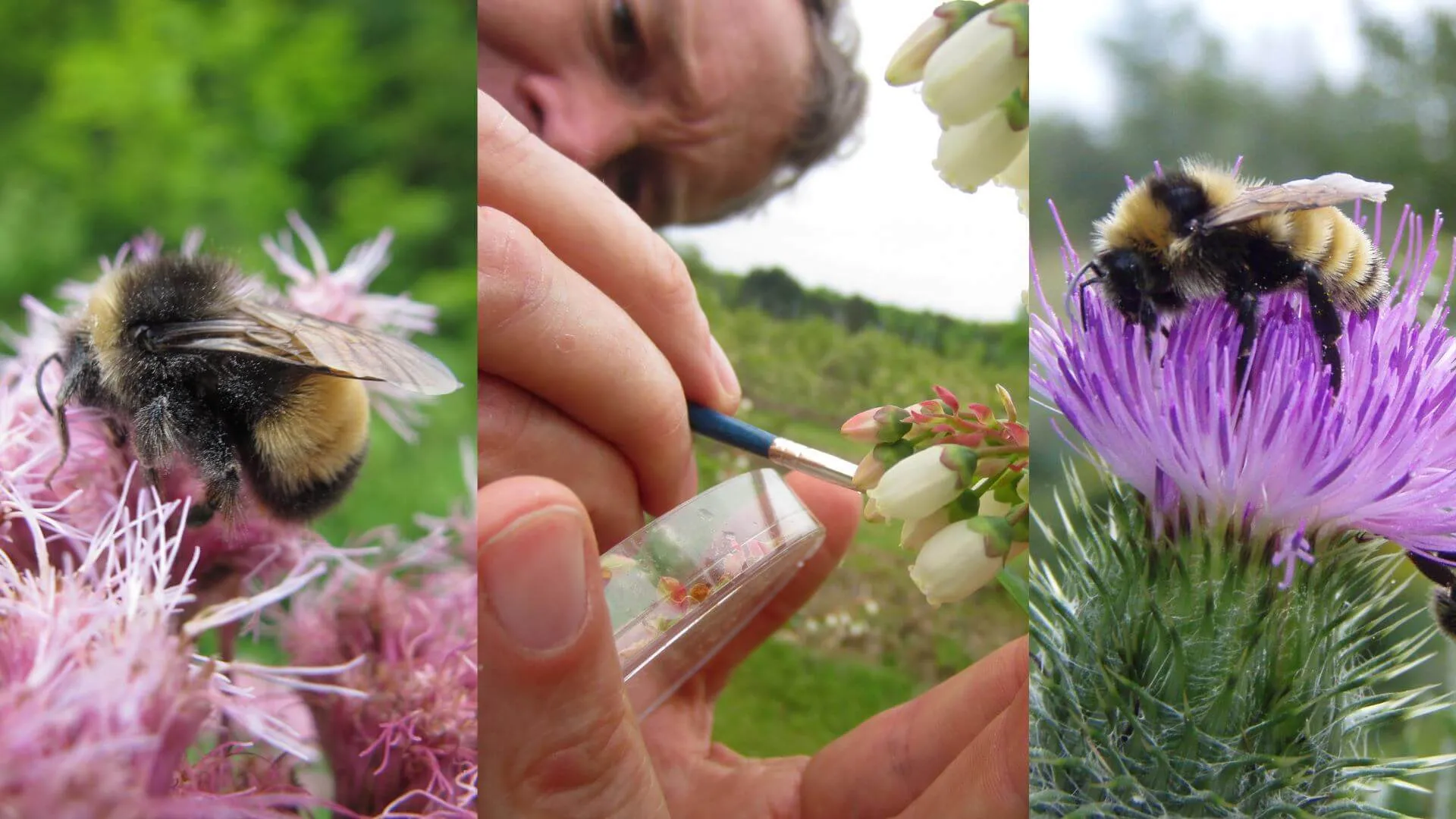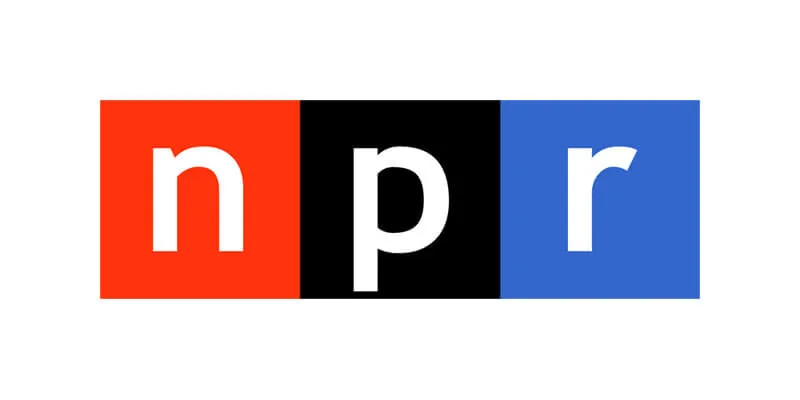A new count of Vermont’s bee species has identified nine species not previously reported in the Green Mountain State, bringing the total number of species in Vermont to 352, more than any northern New England state.
“It surprises absolutely everyone to hear what the total number of bees is,” says University of Vermont pollination expert Taylor Ricketts, director of UVM’s Gund Institute for Environment and coauthor of the new paper published in the journal Northeastern Naturalist.
Recent counts of bee species across New England identified 325 species in New Hampshire and 278 in Maine. Greater diversity was found further south in Connecticut (386 species) and Massachusetts (397).
The appearance of new species likely stems from several factors.
“Insects are so diverse and poorly studied that if you look hard for them, you'll find ones that no one's found before,” Ricketts says. “I think that's part of what’s happening.”
Additionally, some historically southern species are likely moving north due to climate change. Another factor is the data collection itself: nonscientists can now contribute their bee sightings to ecological databases using phone apps. And over the past few decades, some locations in the state have been more extensively studied by researchers.
Citizen science
The decade-long project analyzed nearly 80,000 bee reports—a combination of citizen-submitted data from public databases, scientific papers, and museum collections.
Of the 352 species identified in Vermont (more than 150 in Burlington’s Intervale alone), the authors say 60% likely need conservation support. The authors also found Vermont is playing host to boreal bee species more often found in the higher mountains of the American West.
“We recruited and trained community science volunteers to find, photograph, and share wild bee encounters to our iNaturalist Vermont project, which now make up the majority of scientific records of wild bees in Vermont,” says Spencer Hardy, lead author of the paper and bee expert at the Vermont Center for Ecostudies. “And it keeps growing.”
Community scientists made some amazing finds including the first state record of Mock-orange Scissor Bee (Chelostoma philadelphi).
The project is the first state-wide count of pollinator species since 1962. Researchers then reported just 98 bee species in the state. The updated data comes as Vermont implements Act 182, which bans the use of neonicotinoid pesticide-treated seeds in Vermont’s crops. Vermont is the second state in the nation to pass such a ban. Quebec banned neonicotinoids in 2019.
Widely used in agriculture, neonicotinoids are a class of insecticides that can be deployed as a seed treatment. Plants growing from these seeds incorporate the pesticide in their tissues. According to the Xerces Society, a nonprofit conservation organization, studies have linked neonicotinoids to negative impacts on various species of bees, affecting everything from their feeding to reproduction.
Bee baseline
The new bee count offers a good baseline for how untreated seeds and plants will affect bee populations going forward, Ricketts says.
It also sheds light on what’s happening with these critical pollinators in an agricultural state that’s been seeing increasingly severe climate disasters in recent years, including floods and drought.
Ricketts points out that the vast majority of Vermont’s bees nest not in trees or structures but underground. That makes them vulnerable to flooding, and scientists are trying to figure out what effect extreme flooding events have on bee populations.
Knowing the current state of these populations gives scientists a starting point to determine what’s changing over time in response to extreme climate events. It’s part of a larger effort by UVM researchers, in concert with other organizations, to support pollinators across the state. Previous work has included research into the value of native pollinators of iconic Vermont crops like apples and blueberries, effects of neonicotinoids on pollinators, and public outreach to educate farmers and gardeners about creating pollinator-friendly fields and gardens.
“Thanks to the efforts of thousands of Vermonters, we’ve learned an incredible amount about the status of wild bees in Vermont,” says Kent McFarland, a co-author and director of VCE’s Vermont Atlas of Life. “But it will take strong collaborations between biologists, public agencies, conservation organizations, land owners, land managers, and even beekeepers for us to conserve Vermont’s diverse wild bee fauna effectively now and for future generations.”
The study was led by the Vermont Center for Ecostudies (Spencer P. Hardy, Nathaniel Sharp, Michael T. Hallworth, Kent McFarland, Michael Veit), in collaboration with the University of Vermont (Taylor Ricketts), University of Massachusetts (Joan Milan), National University of Singapore (John S. Ascher), Vermont Department of Fish and Wildlife (Mark Ferguson), Xerces Society for Invertebrate Conservation (Leif Richardson), Roger Williams University (Charlie Nicholson), and the University of Manitoba (Jason Gibbs). Richardson and Nicholson are UVM alumni.
You can find an interactive checklist of Vermont’s bee species at the Vermont Atlas of Life.



